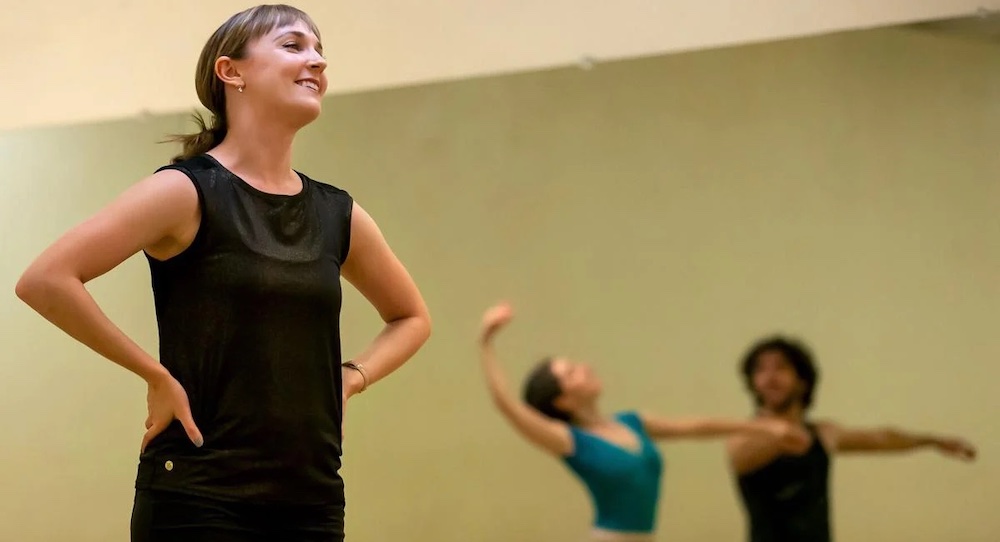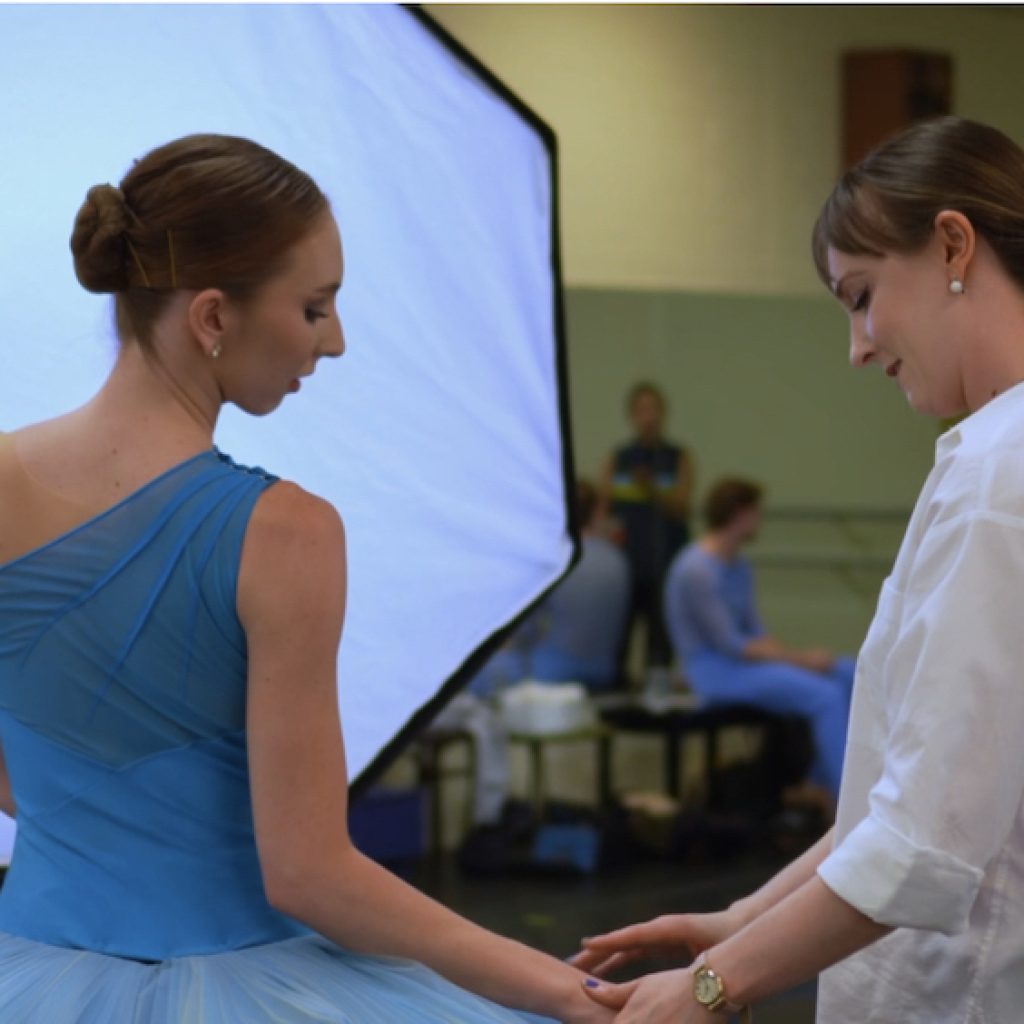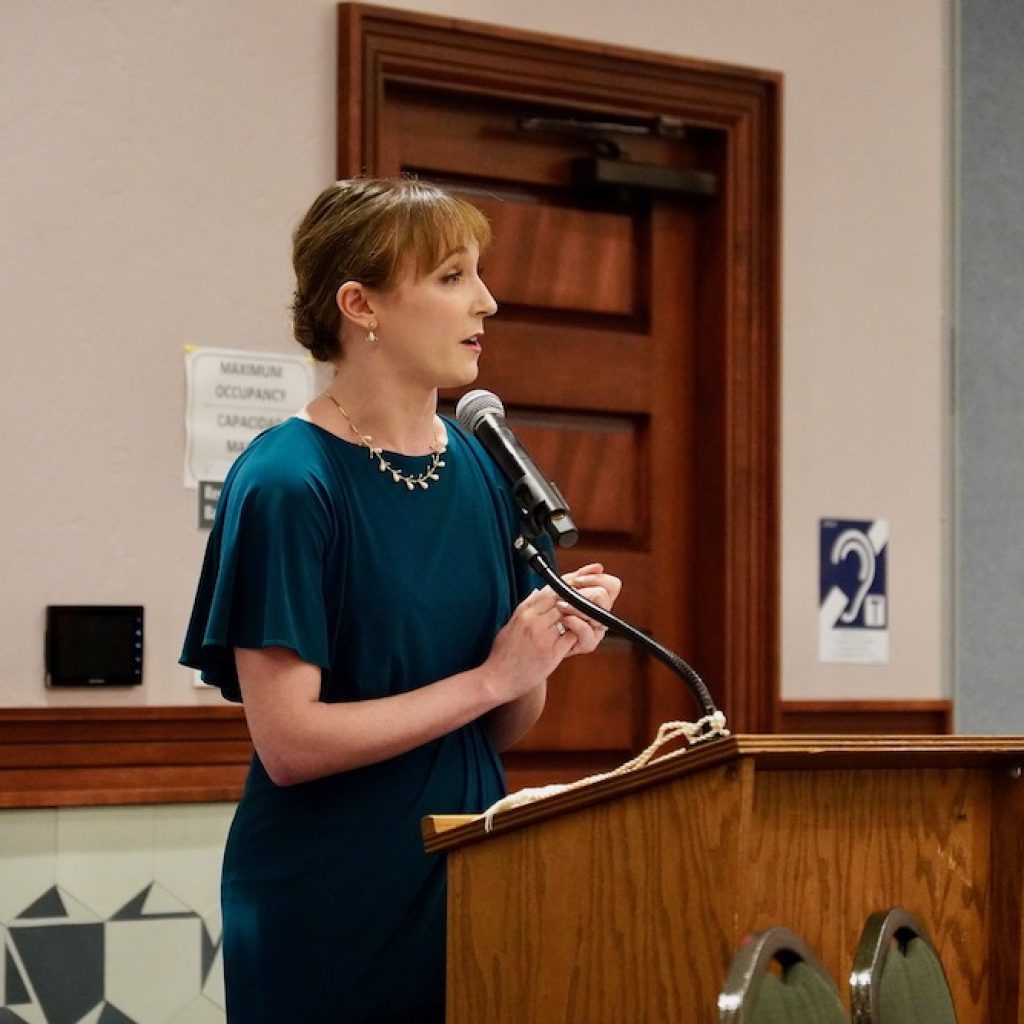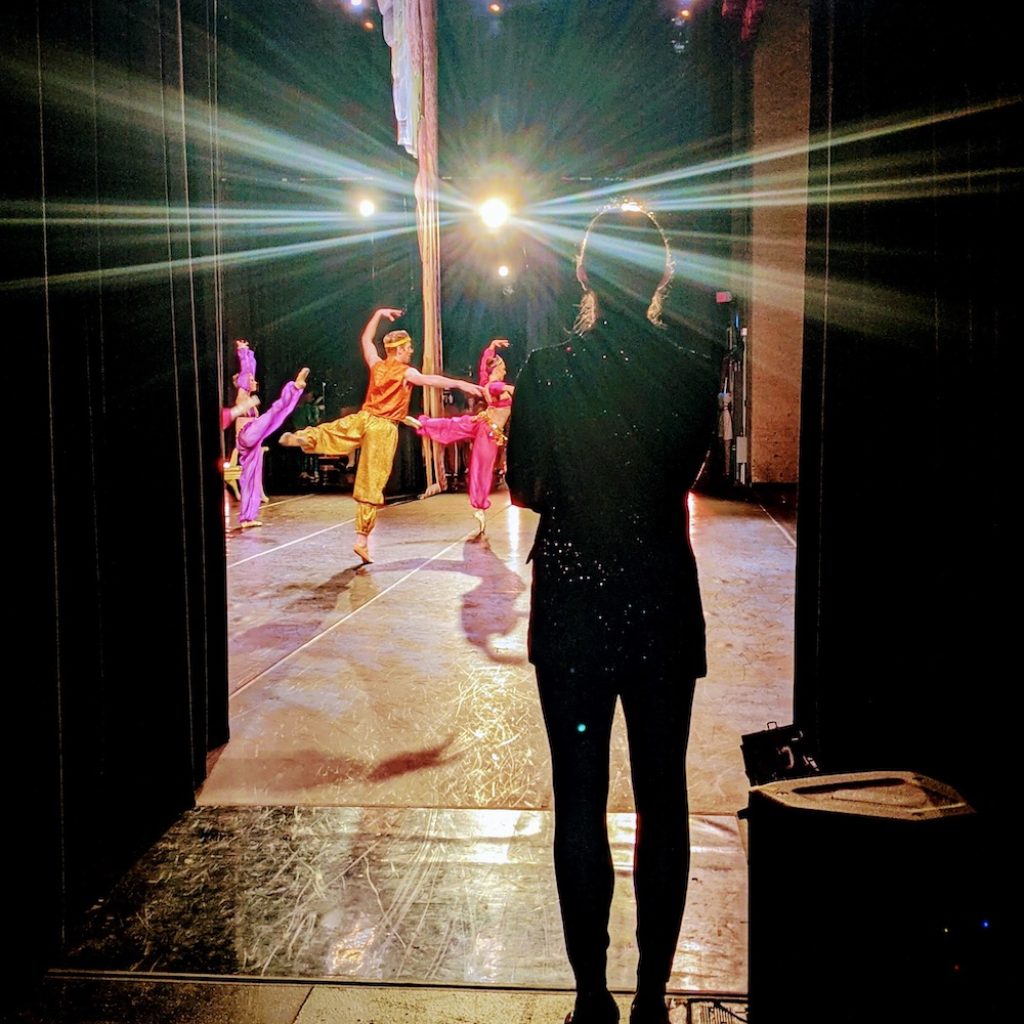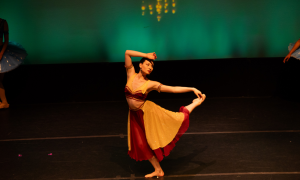Margaret Mullin retired from her dance career at Pacific Northwest Ballet (PNB) in 2020. While she had been planning on freelancing after her leave of PNB, the pandemic halted those plans altogether. Instead, she’s now the Artistic Director of Ballet Tucson. It seems like quite the switch, but her transition into her new role came naturally.
“It felt like listening to the universe a bit,” she tells Dance Informa. “I grew up in Tucson, in the school, attached to the company. My Associate Artistic Director Chieko Imada has been a huge force in my life. I’ve always had a hope that maybe I could be a part of Ballet Tucson with her at some point. I kept tabs, and came back as a guest teacher, guest choreographer, coach, many things over the years.”
She continues, “When the shutdown happened, I realized that Ballet Tucson was too small of a company to survive in the pandemic. They hadn’t really done anything digitally before, or had much of a social media presence. I got worried; I didn’t want to see them go under. So, I got involved from Seattle as their marketing coordinator.” Under that title, Mullin handled their social media, press for performances and organized digital fundraisers.
“The board got to know me during that time, and as it looked like the company was going to be successful enough to come back to the stage in the fall, I was approached to be Associate Artistic Director with Chieko, which I did for a year, and then stepped into the full position.”
Between the pandemic, a hip injury that prompted Mullin to wind down her dance career and the Ballet Tucson founder moving toward retirement, she felt called home to Tucson. “It felt like kismet,” as she puts it.
Having danced for a company as large as PNB for 14 seasons, Mullin is bringing a few things back to Ballet Tucson. “Certainly connections. I have been so fortunate to work with gifted artists, choreographers, teachers who are being so generous to me now. We are a small company with modest means, and people who have been important to me in my life in Seattle are making it possible for us to do some really amazing ballets that a company of this size would not normally be able to perform.”
She notes that her awe for the size and resources of PNB never faded during her time there, and while Ballet Tucson (a smaller, younger company) doesn’t have that same access, Mullin retains an appreciation for quality. “We might be small, but I believe in being excellent.” She also notes her appreciation for the smaller atmosphere at Ballet Tucson, and having one-to-one relationships with the dancers. “Mental health has always been a huge priority for me – body image, the demands of performance and of social media. I feel very invested in my dancers. It’s a beautiful experience to have this group that is mine, that I get to grow with and help them reach their potential. I already notice a difference; it’s a group of dancers that seem very respected, and brave. We have high expectations and work with them to get there, but they’re also not afraid to fail.”
Mullin is part of a generational turnover of artistic directors who are prioritizing mental health and a supportive work environment. Ballet might be an old artform with holdovers and habits from decades (if not centuries) past, but it’s not immune to modern influence – not under the leadership of conscious directors.
Mullin has a very conscious concept of the kind of leader she wants to be, and has prepared well for it. She holds a Non-Profit Management and Leadership certificate from the University of Arizona Eller Executive Education program, as well as two or three other similar programs. “It was really important to me to be an educated director. I wanted to fully understand it. We are a small staff and all wear a lot of hats. The business end of ballet does come to me; it’s not just the artistic side of things. I started realizing that it’s a trend in our world to say, ‘Oh, well you were a very successful dancer, so here is a company to run.’ And that does not necessarily make sense,” she laughs. “I wanted to make sure I could do my work with integrity and not be someone who didn’t know the answers, or know how to get the necessary answers.”
Mullin did her homework. Her career with PNB may bring connections to Tucson, but Mullin’s know-how is its own contribution. “It’s an important job. It impacts a lot of people, and I wanted to be deserving of that level of power and responsibility.”
The company has an exciting season ahead. Mullin has built a lineup that includes rewarding roles for the dancers and a variety of works for the Tucson audience (who proved the diversity of their taste during last season’s array). “We’re increasing our patron knowledge around athleticism of dance,” as a contrast to classical works that tend to be more commonly expected in smaller cities. “We have the ethereal, but we also have the power.” From Giselle to a creation of Mullin’s own entitled Lost in Light, which is being reset from when she initially created it for PNB’s 40th season.
“Great dance and great dancers can be anywhere, if you’re passionate about what you’re building.” There’s such pressure among dancers to be with the biggest companies, but Mullin proves there’s something to be said for finding the right fit. Bringing artistic excellence and experience to cities around the U.S., not just in the existing cultural hubs, is hugely important. How wonderful is it that young dancers in Tucson can look up to the company, can be artistically fulfilled right there at home?
“Where are you going to be happiest doing this every day?” asks Mullin. “Where are you going to be in a place to grow, to reach your potential, and not be put on autopilot or expected to grow by osmosis? Every community,” of both artists and audiences alike, “deserves great art.”
See the details of Ballet Tucson’s 2023/24 season here.
By Holly LaRoche of Dance Informa.


